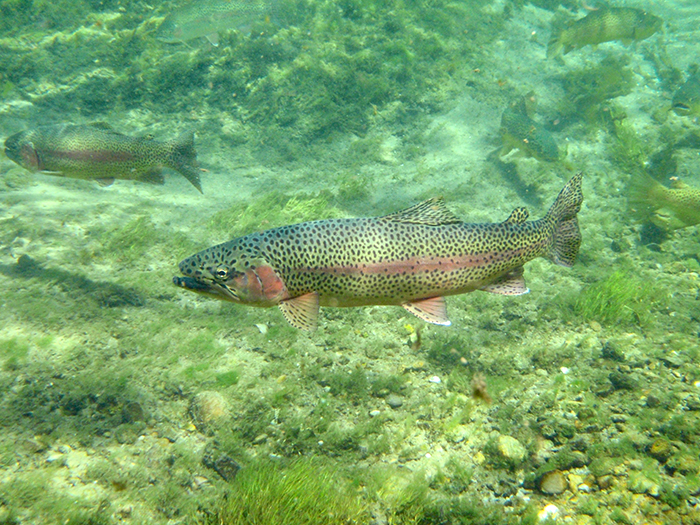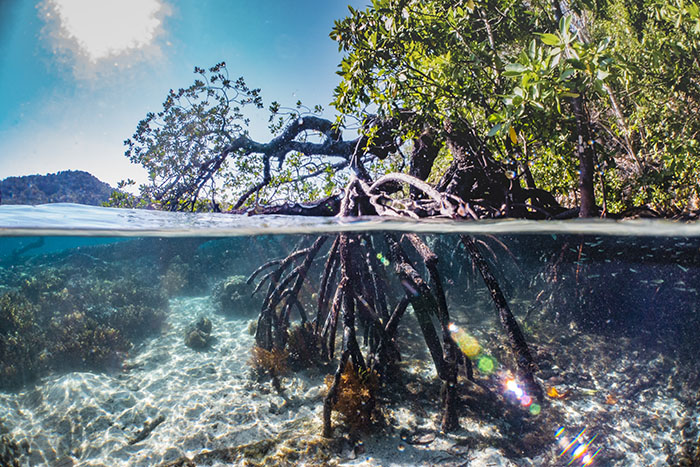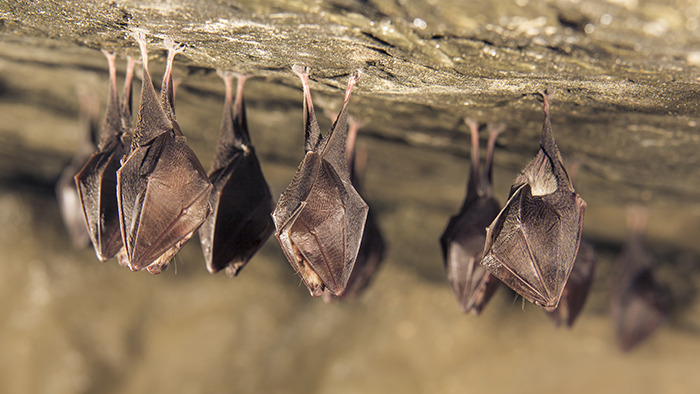New microbes discovered in mangroves, rainbow trout and the Mid-Atlantic Ridge
Posted on July 21, 2021 by Matt Bassett
Each month, the Microbiology Society publishes the International Journal of Systematic and Evolutionary Microbiology (IJSEM), which details newly discovered species of bacteria, fungi and protists. Here are some of the new species that have been discovered and the places they’ve been found.
Aquatic environments and organisms were the sources of many microbes this month. Pseudomonas arcuscaelestis was isolated from rainbow trout. The sample was taken from a rainbow trout farm in Sydikemer, Turkey. Colonies were round and beige-coloured. Researchers also isolated Nocardioides malaquae, a novel actinobacterium, from sewage sludge produced by a fisheries processing factory in Zhoushan City, PR China. Colonies were rod-shaped and cream-yellow coloured.

Staying with the aquatic theme; researchers isolated Ostreibacterium oceani from a Pacific oyster (Crassostrea gigas). The oyster was collected from Rushan, PR China, these oysters are artificially cultivated and grow on reefs in open seas. One of the more bizarre animals in the ocean are sponges, they are completely sessile, meaning they attach to an underwater surface and remain fixed, looking very like plants. Researchers discovered a new marine bacterium from the yellow sea sponge (Aplysina fistularis) collected on the west coast of San Salvador, the Bahamas. The researchers named it Curvivirga aplysinae and described it as curved-to-spiral rod shaped and requiring salt for growth.
The sponge that researchers isolated Curvivirga aplysinae from was sampled at 20m, the next species was collected from much deeper in the ocean. Thermococcus camini is a hyperthermophilic and piezophilic archeon, meaning it lives in environments that are extremely hot and under high pressure. The new species was isolated from a deep-sea hydrothermal vent at the Mid-Atlantic Ridge down at 2300m.
The next two species discovered were isolated from an environment that is both aquatic and terrestrial: mangroves. The first species was isolated from sediment collected from a mangrove forest in the Red Sea. The species was named Mangrovivirga cuniculi and its cells were described as orange and circular. The second new microbes found in mangroves was isolated from mangrove sediment sampled from a mangrove forest in Thailand. The researchers recognised where they found it in the name, calling it Aureimonas mangrovi.

Terrestrial environments were also the source of new microbes this month. Researchers discovered Streptomyces acididurans from peat swamp forest soil. Peat swamp forests are a unique ecosystem where acidic peat is formed from the incomplete decomposition of organic matter due to waterlogged conditions.
A group of researchers discovered two new microbes from bats this month. Microbacterium chengjingii and Microbacterium fandaimingii, were isolated from bat faeces from Hipposideros and Rousettus bat species. The faeces were sampled from Lufeng Country, PR China and Changshou District, PR China.

The last microbe discovered this month was also from an animal, but a little smaller. The western blacklegged tick (Ixodes pacificus) is widely distributed and is the most frequently identified human-biting tick in the western United States. As such, any new microbes discovered on it are of interest due to pathogenic potential. Researchers called the new microbe Rickettsia tillamookensis.
The full papers describing these species are available to journal subscribers, but the abstracts are free to read. Articles can also be purchased individually with the pay-per-view option.

